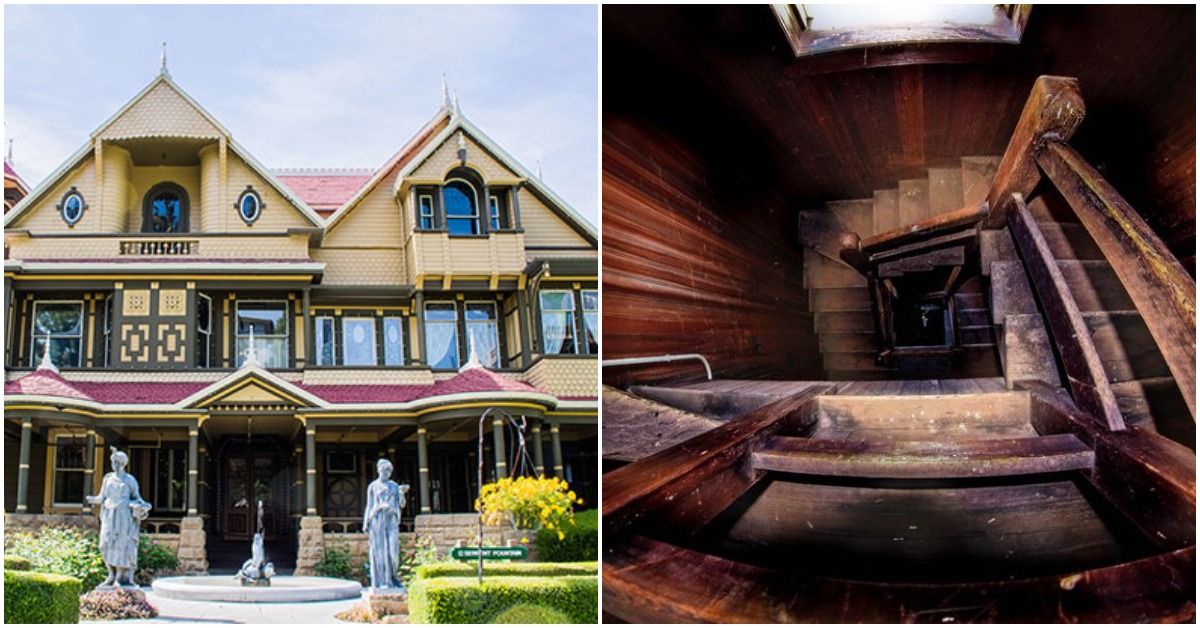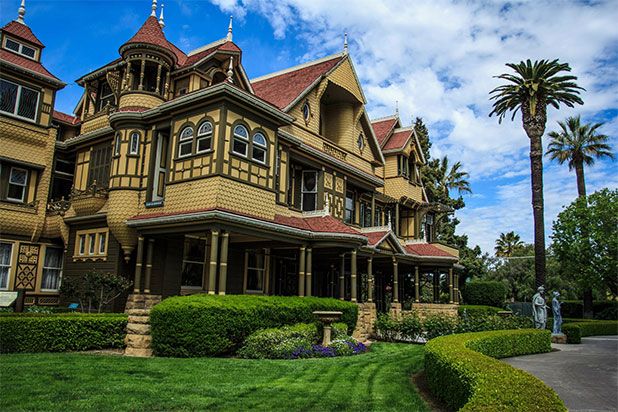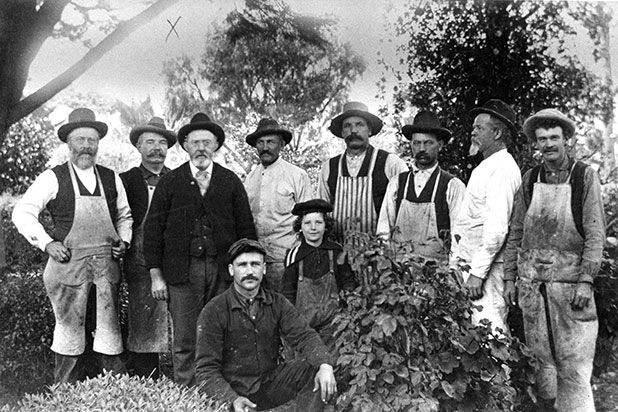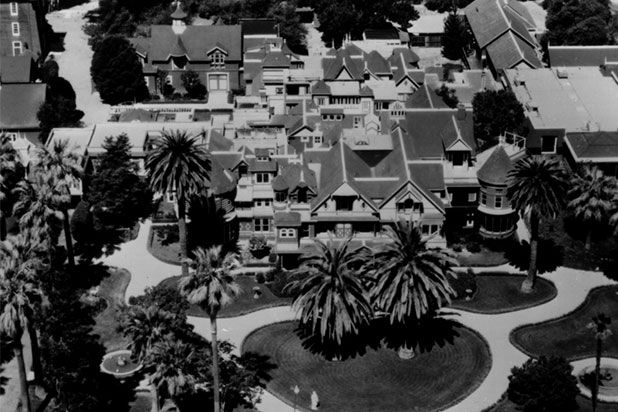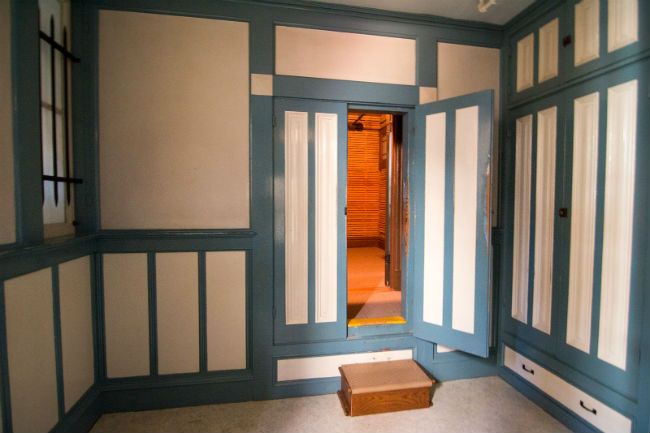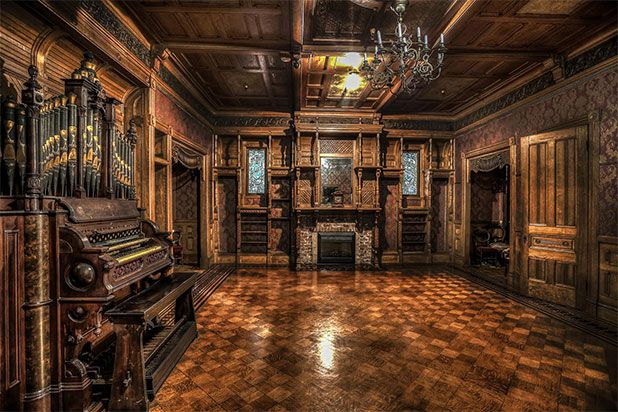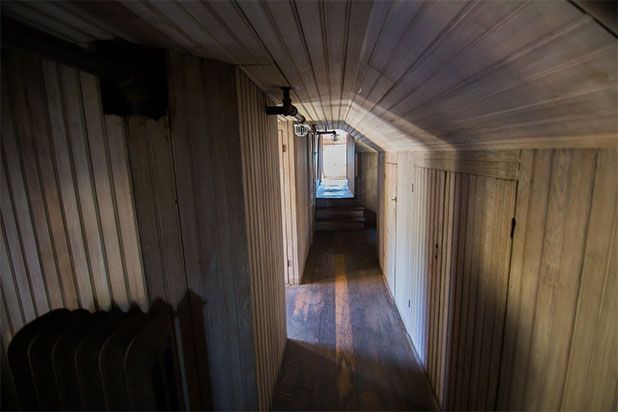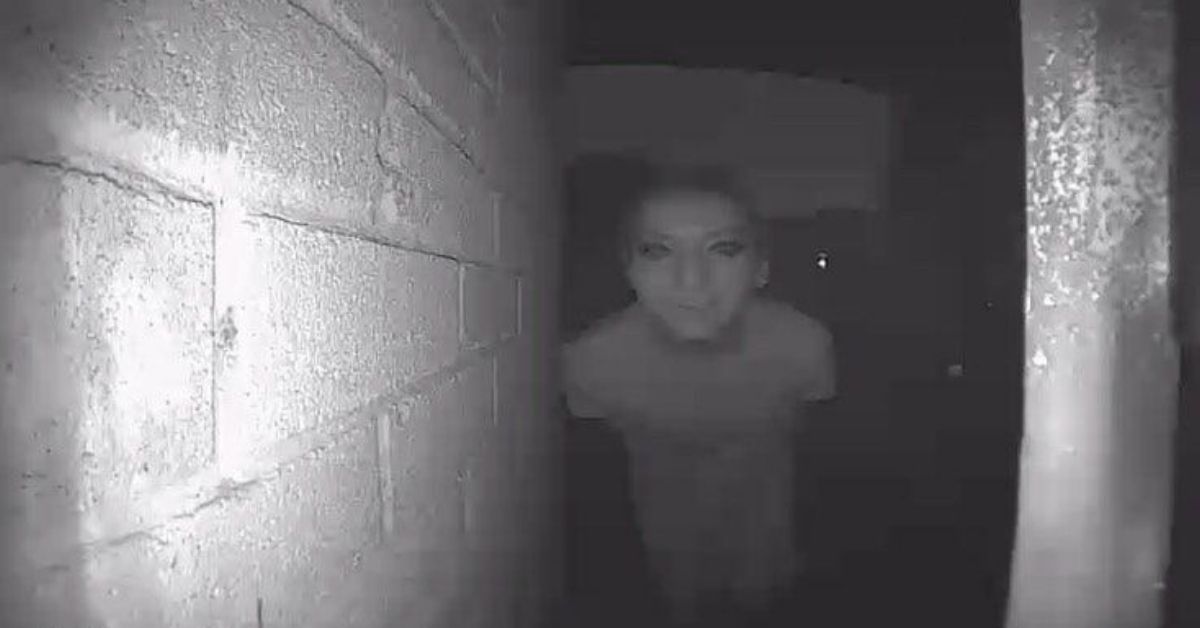Each year, thousands of tourists flock to San Jose, California to see a building often listed as "America's most haunted home."
The sprawling mansion has even inspired a Hollywood horror movie starring Helen Mirren.
But which parts of the Winchester Mystery House's terrifying history are fact, and which are fiction?
There are some things we still don't know about this creepy home. But after all, it's the Mystery House for a reason.
1. Humble Beginnings
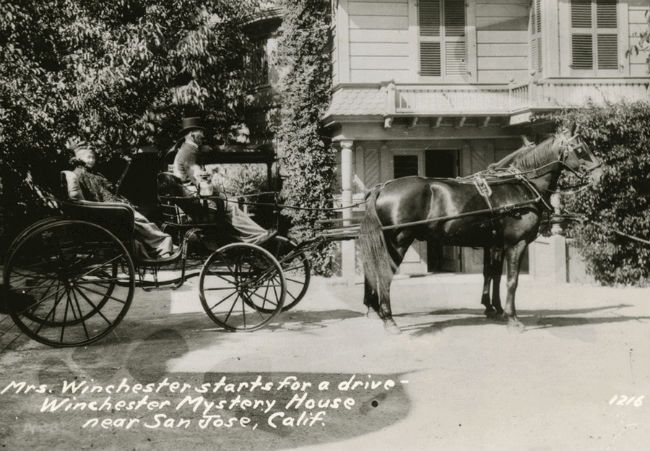
The home is named for its original owner, Sarah Winchester, who married into the wealthy family that owned the Winchester rifle company.
Tragically, Sarah lost both her husband, William, and their infant daughter much too soon.
By 1881, she was the only surviving member of her family, and the heiress to the massive Winchester fortune.
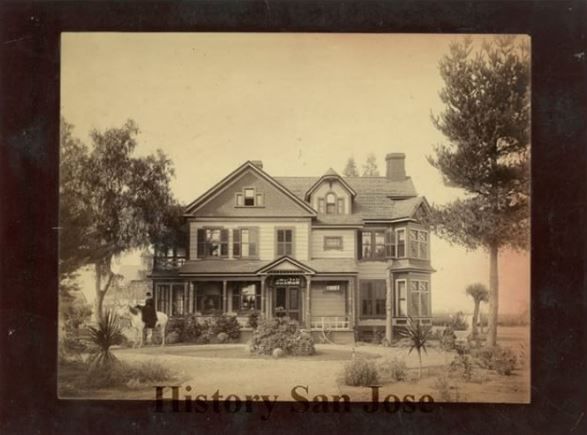
In 1886, she purchased a two-story, eight bedroom farmhouse in San Jose. And that's when this story gets strange.
2. A Big Job
Winchester hired a gang of 16 carpenters at a rate three times higher than their average salary.
She paid them to stay on-call 24 hours a day, seven days a week, year-round. Over the next 38 years, these workers would add extension after extension to the home, working day or night at Winchester's beck and call.
Their long shift finally ended in 1922, when Winchester died in her sleep. The carpenters were reportedly so eager to quit that they left nails sitting in the walls, waiting to be hammered.
3. The Final Product
All told, the Winchester's home eventually grew to include 160 rooms, spread out across 24,000 square feet.
The home's current owners say that it features 10,000 windows, 950 doors, 52 skylights, 47 fireplaces, 40 stairways, six kitchens, three elevators, and just one shower.
Winchester is estimated to have spent $5,500,000 on renovations to the home throughout her life.
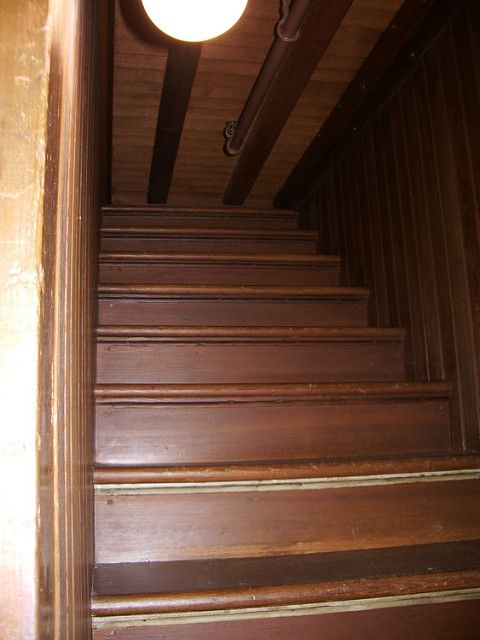
But the home isn't just known for its size or expense: it famously includes a number of totally bizarre features.
There are stairways that lead into ceilings, trapdoors, windows in walls between rooms, a doorway that leads to a dead drop, and even a room completely sealed inside other rooms - which was discovered by accident during renovations.
4. Sarah Winchester's Ghosts
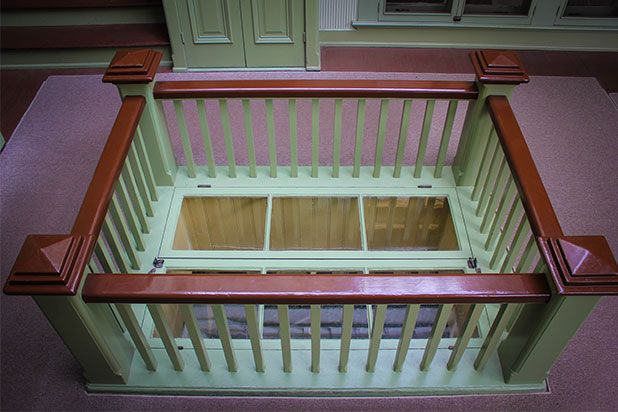
What led Winchester to obsessively build and build her bizarre home?
The most popular theory is the heiress felt haunted by the many victims of her family business. She was said to be a spiritual person, and one of the home's most famous rooms is built for seances.
But whether Winchester's strange designs were meant for the ghosts - or built to protect her from them - is up for debate.
5. The 13 Theory

Another popular explanation for the building's design revolves around hidden codes.
Winchester designed much of the building herself, and there are hidden references to the number 13 throughout the house.
From stairways with 13 steps, to closets with 13 hooks, and even a bathroom with 13 windows, Winchester seemed to be obsessed with the number.
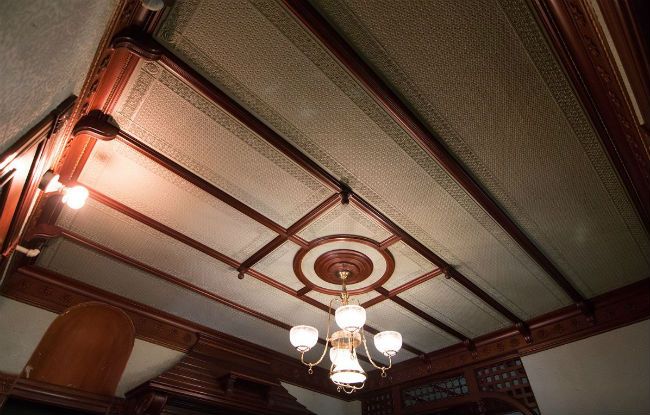
Some speculate that Winchester was a member of a secret society, like the Freemasons or Rosirucians, and the building is a kind of code to her secret order.
The strangest theory of all about the house is much more straightforward: Winchester might have used the building project to keep San Jose's builders employed.
6. Missing Parts
It may be hard to believe, but once the home was even bigger.
At its height, the mansion was seven stories tall. Three of those levels were flattened by a 1906 earthquake, including a tower which is only recorded in a vintage postcard.
Winchester was actually trapped inside a bedroom by the disaster, and had to be dug out by her workers.
Damage from the earthquake is still visible in parts of the house.
7. Ghost Sightings
Soon after Winchester's death, her home became infamous as a place for ghost sightings.
Even the famous magician Harry Houdini was drawn to the house to try and debunk the stories, but eventually he gave up.
One of the most well-known ghosts is supposedly one of Winchester's own workers, known as the wheelbarrow ghost.
"Generally he's dressed in overalls, and he carries an old wooden toolbox or is pushing a wheelbarrow," said house historian Jason Boehme.
"The other place he's been seen is in the basement pushing a wheelbarrow, which is why we call him the wheelbarrow ghost. He's still looking after the place."
Workers at the house agree the servants quarters on the third floor - which are off limits to guests - attract the most ghostly activity.
[H/T: Mental Floss]
